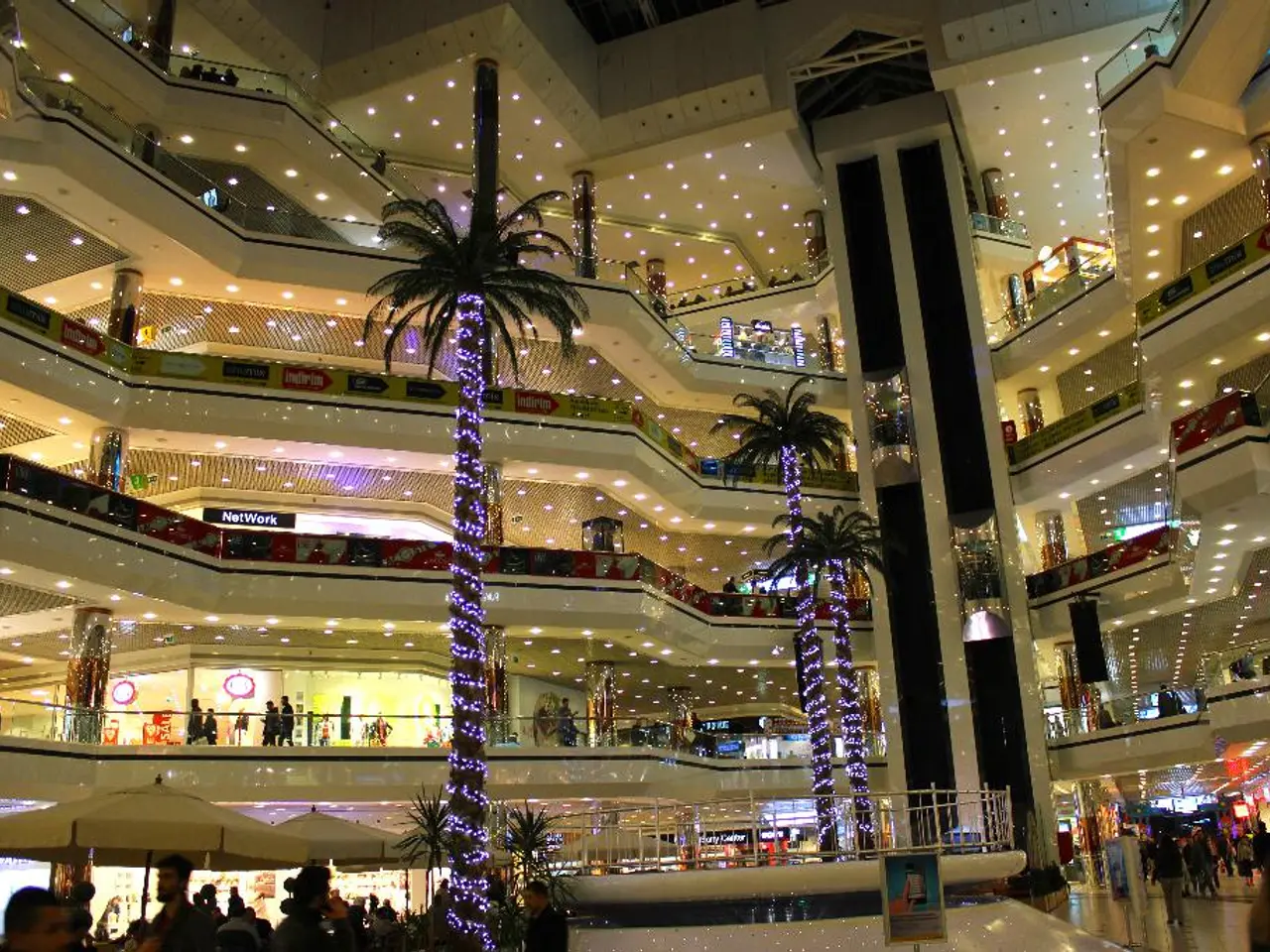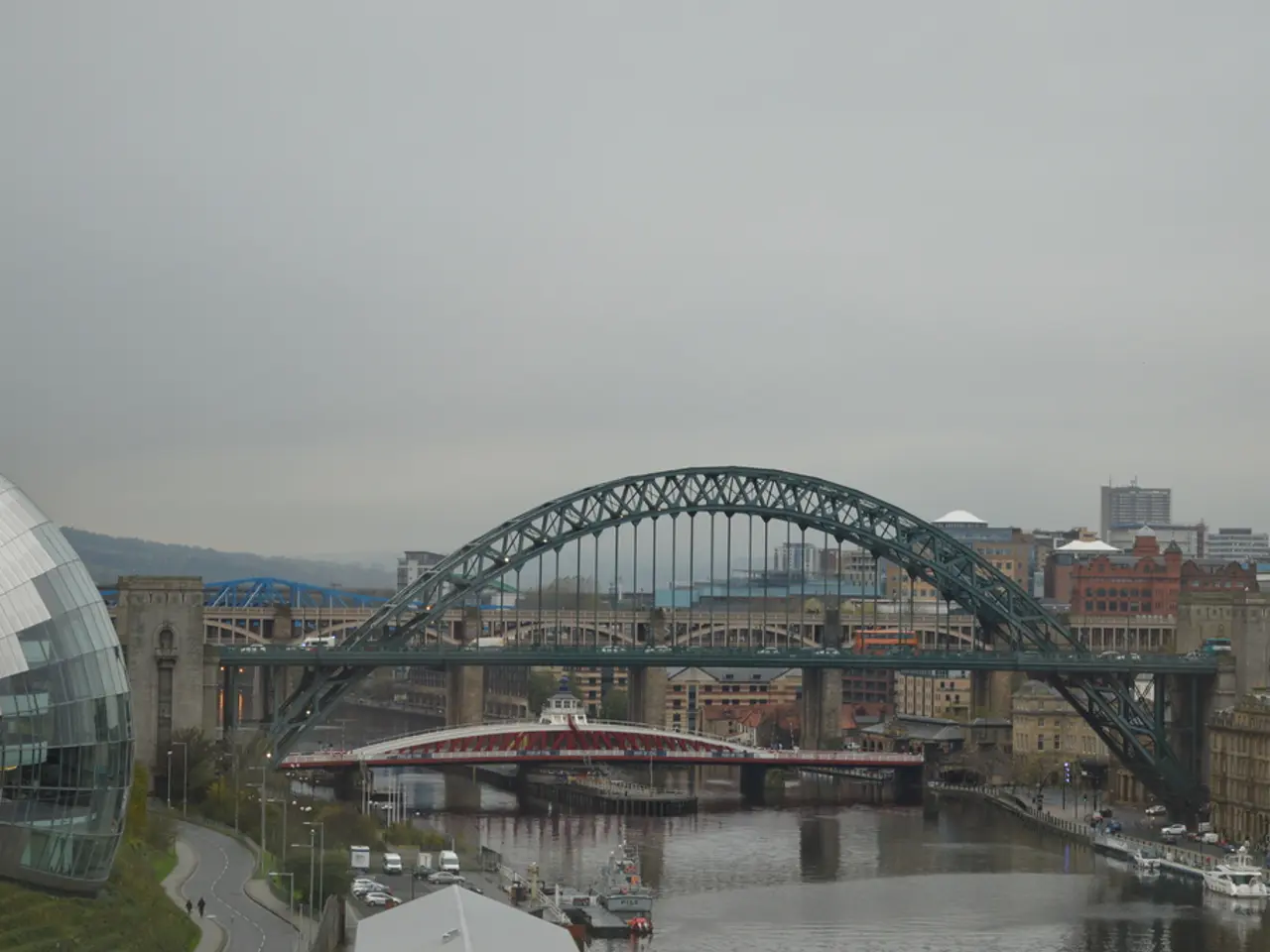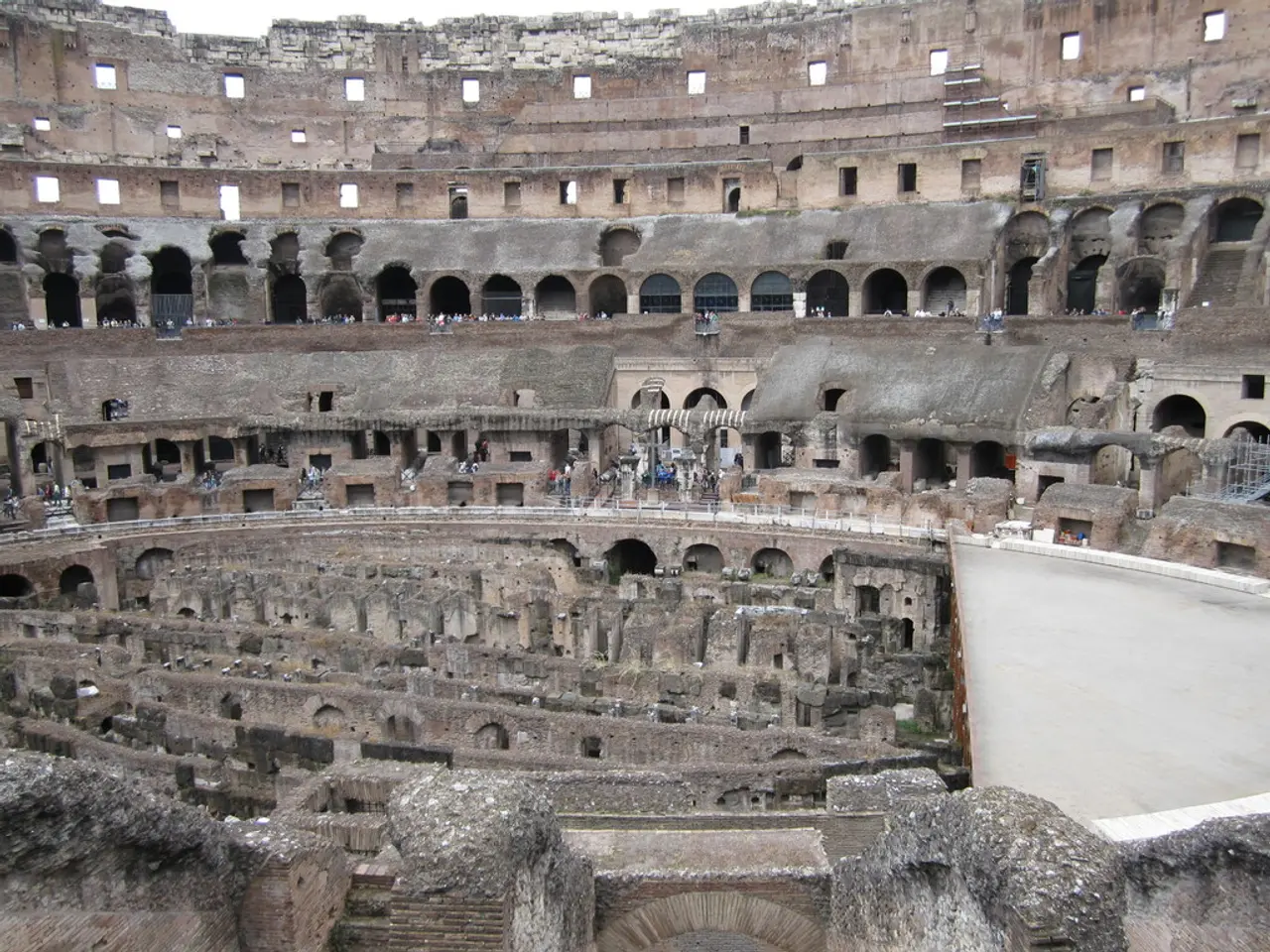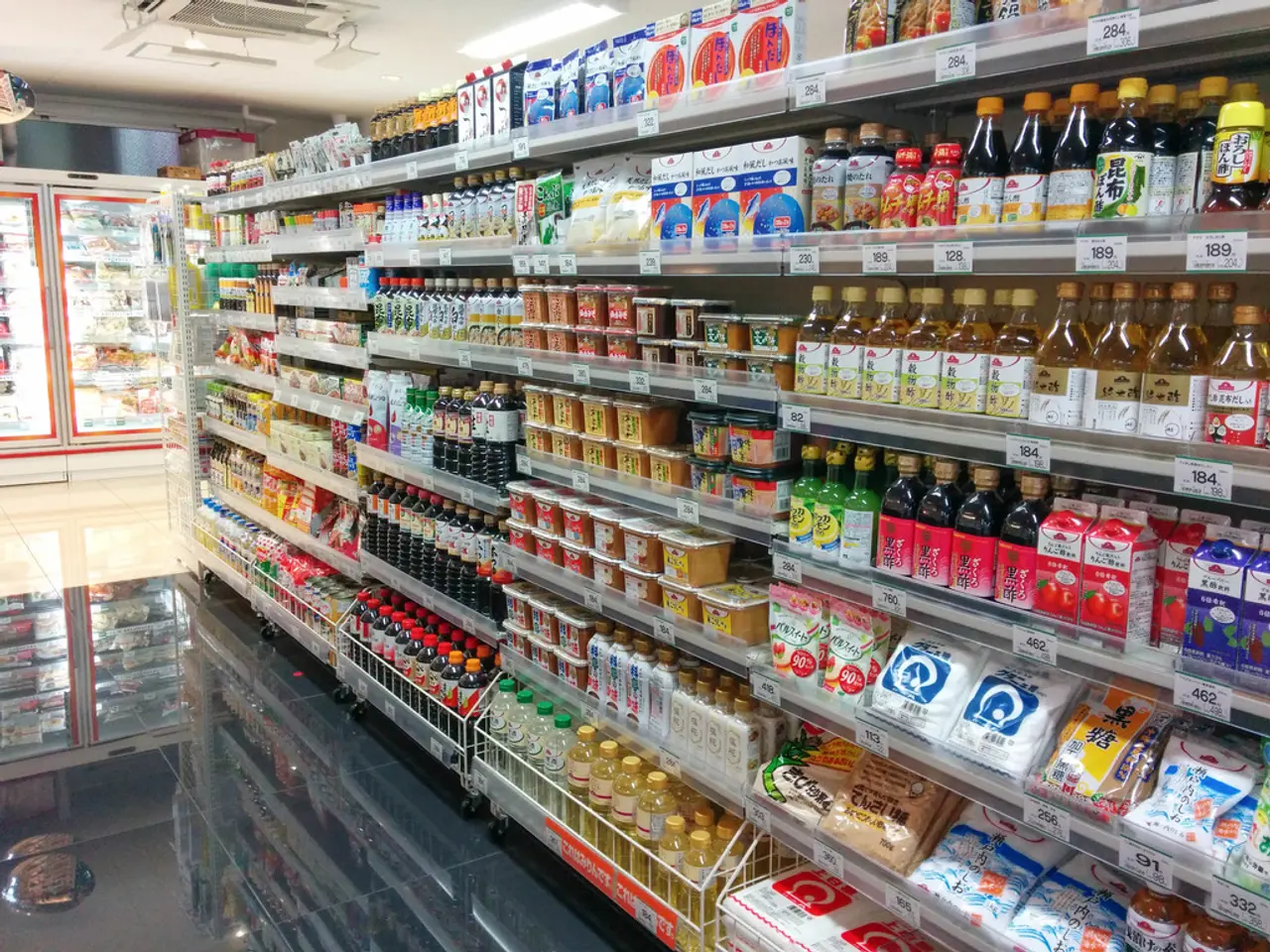Booming Business for Croatian Eateries as Customers Flock In and Sales Soar
Croatia Experiences High Inflation Amid Booming Tourism
Croatia is currently experiencing above-average inflation rates, particularly in the services sector. This is largely due to strong tourism-driven demand and increased domestic consumption.
According to recent data, the value of payments in Croatian restaurants, cafes, and food service increased by almost 19 percent, from 511 to almost 608 million euros. This growth was also seen in the accommodation sector, where payments worth around 415 million euros were recorded, an entire fifth more than in the same month last year.
The hospitality industry, including hotels and restaurants, has increased prices by about 5.0 percent year-on-year. This inflation in services and related goods such as food and beverages (which rose by 5.2%) is partly driven by peak tourist season effects, with higher demand pushing prices up in tourist hotspots.
Supermarkets and hypermarkets achieved more than a billion euros in turnover in June 2025, which is 11 percent more than last year, with a 3 percent increase in the number of receipts issued. The fiscalised turnover in retail trade was 2.57 billion euros, representing an 11 percent increase compared to the same month last year.
However, this inflationary environment presents both opportunities and challenges for businesses in the hospitality sector. On one hand, sustained tourist spending amid higher prices supports revenue growth, which can benefit hospitality and retail sectors despite inflationary cost pressures. On the other hand, higher prices for inputs and operating costs may pressure profit margins, and inflation can create short-term volatility and uncertainty for business planning.
The prices of goods and services for personal consumption increased by 0.3 percent on average compared to the previous month. The general level of consumer prices increased in June 2025, with services contributing the most to the monthly growth, increasing by one percent on average.
In the first half of 2025, supermarkets and hypermarkets achieved 5.1 billion euros in turnover on a slightly larger number of issued receipts, which is 7 percent more than in 2024. In the same period, Croatian restaurants, cafes, and other food service issued 2.8 percent more bills, equivalent to revenue worth 2.13 billion euros, representing a 13.4 percent increase compared to the same period in 2024.
Despite the inflation, Croatia is at the top of the list according to the harmonised index of consumer prices (HICP). This unique inflation dynamics are structurally tied to tourism and domestic demand, setting it apart from broader Eurozone trends where inflation remains lower.
In summary, Croatia’s above-average inflation in services is driven by a booming tourism sector fueling demand and prices, which significantly impacts hospitality businesses through both increased revenues and rising costs during the summer season.
- The high inflation rates in Croatia, notably in the services sector such as food-and-drink establishments, are primarily due to the surge in tourism and increased domestic consumption, creating both opportunities and challenges for businesses in the hospitality sector.
- The booming tourism industry in Croatia, reflected in sectors like food-and-drink and accommodation, has contributed to a significant rise in consumer prices, particularly in services and related goods, while simultaneously leading to an increase in revenue for businesses.




